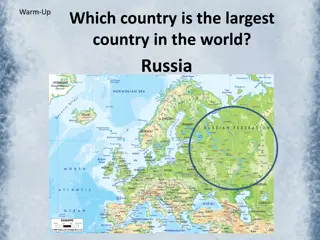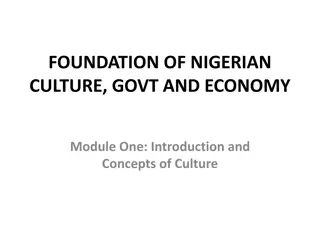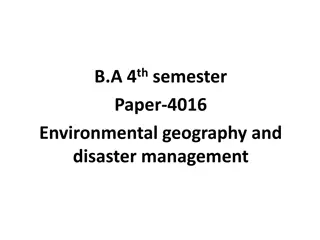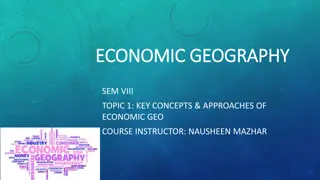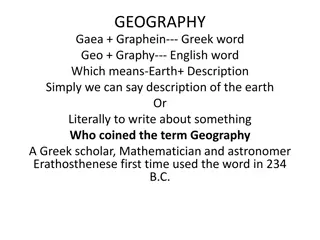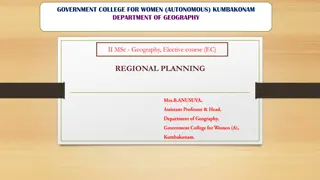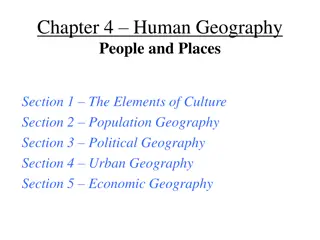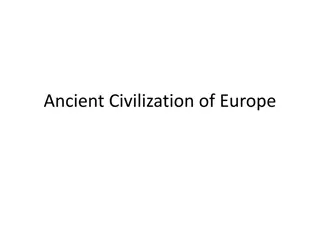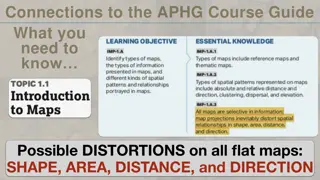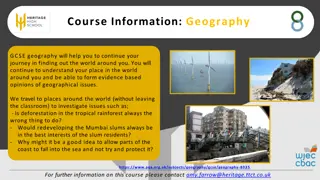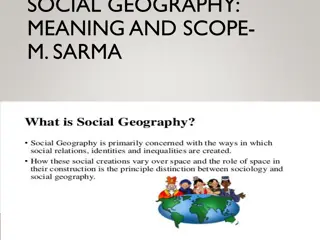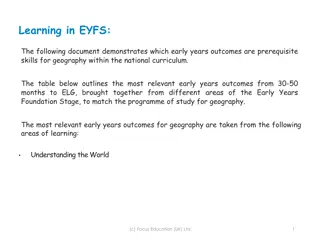Explore Europe: Geography, Culture, and History
Europe is a diverse continent with rich history, featuring major physical features like the Iberian Peninsula and the European Plain. The region is home to countries such as Spain, France, Italy, the United Kingdom, Ukraine, and Russia. European languages fall into three main categories - Germanic, Romance, and Slavic. The continent hosts a variety of religions, including Judaism, Christianity, and Islam, each with its own historical significance.
Download Presentation

Please find below an Image/Link to download the presentation.
The content on the website is provided AS IS for your information and personal use only. It may not be sold, licensed, or shared on other websites without obtaining consent from the author. Download presentation by click this link. If you encounter any issues during the download, it is possible that the publisher has removed the file from their server.
E N D
Presentation Transcript
Welcome to Europe! 4.1
What about Europe? The European continent is located north of Africa and accounts for the westernmost portion of the Eurasian landmass. The continent is bordered to the west by the Atlantic Ocean, to the north by the Arctic Ocean, and to the south by the Mediterranean Sea. Europe s easternmost land boundary is the Ural Mountains, which run north to south through western Russia. Europe is located in the northern hemisphere. It is the second-smallest continent and shares the same landmass as Asia to the east
Major Physical Features Europe has several main physical features that identify it. The Iberian Peninsula is the landmass found where the Mediterranean Sea joins the Atlantic Ocean. The Pyrenees Mountains form the western border of the European Plain European Plain is the largest uninterrupted expanse of plains (i.e., mountain-free landform) on Earth.
Countries of Europe In southwestern Europe, making up the largest part of the Iberian Peninsula, is Spain. Northeast of Spain, on the other side of the Pyrenees, is France. Southeast of France, south of the Alps, is Italy. Italy is composed of a peninsula and two Mediterranean islands. Northwest of France, across the English Channel, is the United Kingdom. In Eastern Europe is Ukraine and Russia Russia is located in both Europe and Asia
Languages of Europe Most European languages are in three main categories: Germanic, Romance, and Slavic languages. The Germanic language group has the most European native-speakers. They live mostly in northwestern and central Europe. About 20 percent of Europeans speak one of two Germanic languages English or German as their native language. Another large group is the Romance languages, which include French, Italian, Portuguese, and Spanish. These languages are found in southern and western Europe. Romance languages come from Latin, the language of the ancient Roman Empire. The Slavic languages include Polish, Russian, and Ukrainian, which generally use a different alphabet. Slavic languages are found in central and eastern Europe.
Major Religions of Europe Europe is home to many religions. The three largest are Judaism, Christianity, and Islam. Monotheistic believing in and/or worshipping a single deity (i.e., one God) Judaism, although the oldest of the three religions, is the least practiced in Europe today. European Jewry, particularly in Eastern Europe, once accounted for 60% of all the world s Jewish population.
Major Religions of Europe Continues The history of Judaism began with the founding father Abraham around 2000 BC. The Jewish holy book called the Torah contains the history of the Jewish people and laws to live by. Christianity is the most practiced religion in Europe today. While its followers do not always agree on religious details, they all study the life and follow the teachings of Jesus in the New Testament of the Bible. Christianity is divided into three major groups: Eastern Orthodox, Roman Catholic, and Protestant. The followers of Islam, called Muslims, are believers in the teachings of the prophet Muhammad. Their holy book called the Quran contains revelations recorded by Muhammad.





